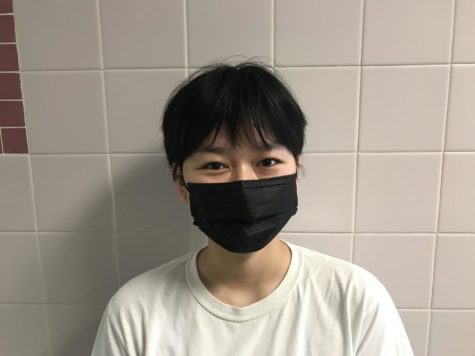All around the world: experiencing school life in different countries
March 11, 2020
Considering the vast majority of students have lived in the U.S. for their entire lives, it’s easy to be unaware of how student life differs from one country to the next. While we associate school with a yellow school bus, the dreaded SAT and ACT exams and hours of homework at night, teenagers in many other countries are unable to say the same. For example, teenagers in France may be accustomed to a two-hour lunch break, while some in Indonesia may canoe to school.
Despite the countries’ historical differences, Egypt has an education system similar to America’s. Edward Paras, who attended an international private school there from fifth to seventh grade, believes the public school system is lacking in quality.
“In theory, the Egyptian education system is pretty similar to our own,” Paras said. “But because of the poverty in the country and poor overall quality of the education system, most students don’t make it through all those years.”
According to UNICEF Egypt, Egyptian public schools discourage student participation and use corporal punishment to dicipline students. One in five public school buildings has poor infrastructure and lack functional sanitation facilities. Because of the flaws in the public education system, many Egyptian parents turn to private institutions.
“There are lots of private schools [and] boarding schools. Most average parents, if they have the money, will hire a tutor for their children,” Paras said. “I feel like being there gave me more chances to expand my horizons and pursue more passions; I’m more free to do what I want.”
When comparing the two education systems, sophomore Valliammai Ramathanan acknowledges both the benefits of Indian schooling and its drawbacks.
“In India, I like the fact that you have the same teacher for a couple of years because you get to know them more,” Ramathanan said. “But I wish they had opportunities to take electives and had more sports teams starting from early on.”
In general, Ramathanan still prefers the U.S. education system, but values having a single classroom throughout the year.
“I wish we had a classroom and the teachers switched rooms because it’s a lot easier to make long-term friends since you are with them constantly,” Ramathanan said.
Many countries follow a tracking system, where students are separated based on academic capabilities and achievement. The U.S. is not one of these countries, but Turkey is, which brings even more stress and pressure upon their students.
“Instead of going to a high school close to home, we actually took entrance exams for high school,” senior Irem Sen said. “There are regular schools that prepare you for every major, schools which are more science-oriented and then there are high schools that prepare people to just directly get a job instead of going to college.”
Turkish students also enjoy the freedom of spending their breaks between classes outside.
“One of the best things about going to high school in Turkey was being able to go out to the garden, since we don’t travel around the school for our next class, so we have those ten-minute breaks to ourselves,” Sen said.
Nevertheless, Sen appreciates how well education in the U.S. prepares students for their future.
“Here, the education is preparing you much more for careers and the future instead of just testing you and making you feel miserable,” Sen said. “I feel like students who attend school here succeed a lot because they are given a lot more opportunities.”



